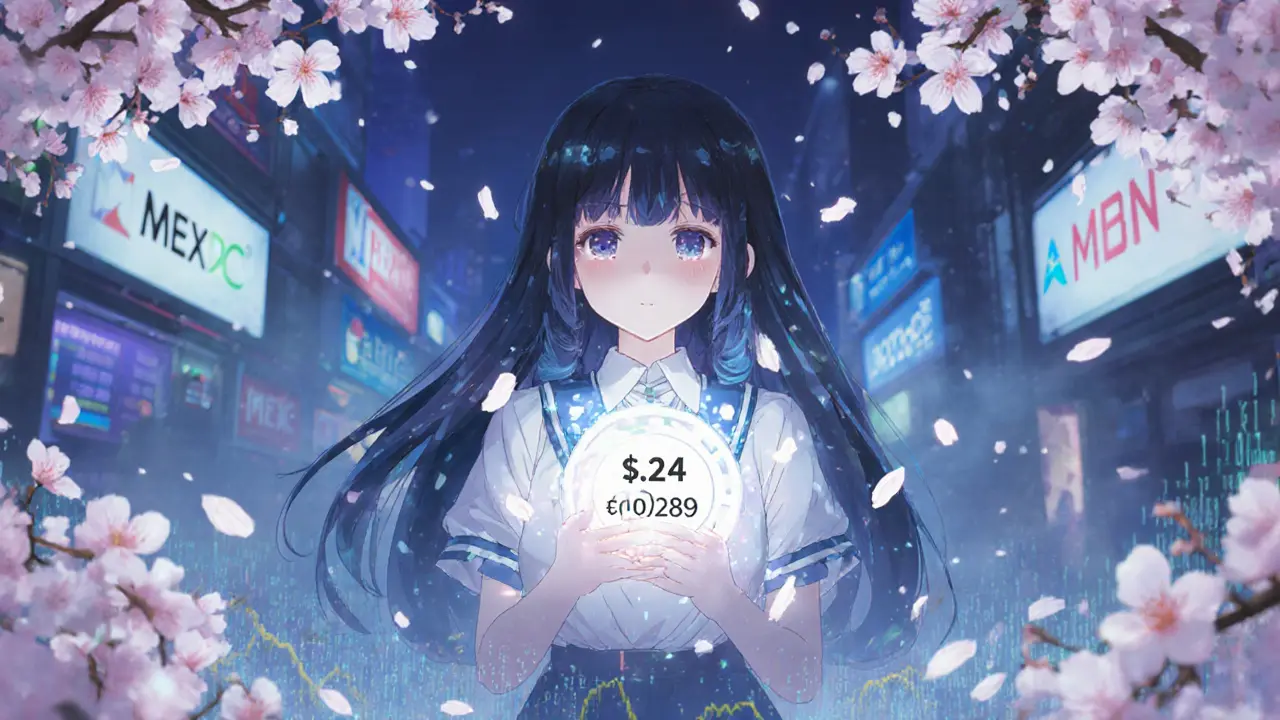AI Token Price: What's Driving Value in AI-Powered Crypto Tokens
When you hear AI token price, a cryptocurrency whose value is tied to artificial intelligence applications or infrastructure. Also known as AI crypto, it refers to tokens built on blockchains that power machine learning models, data marketplaces, or decentralized AI compute networks. These aren’t just buzzwords — they’re real projects trying to solve problems like expensive cloud AI, data privacy, and slow training times. But not all AI tokens are created equal. Some have working tech, real users, and clear use cases. Others? Just a whitepaper and a Twitter account.
The AI blockchain, a decentralized network designed to run AI models without relying on centralized servers like Google or NVIDIA is what makes these tokens different from regular crypto. Projects like Infinity Ground (AIN) let you build AI apps without coding, while others like CYI on Base blockchain use AI to automate yield farming. These systems need tokens to pay for compute power, data access, or rewards — that’s where the token valuation, the market-driven worth of a cryptocurrency based on utility, adoption, and perceived future demand comes in. A token’s price doesn’t just follow Bitcoin’s mood swings — it depends on how many people are actually using the AI tools behind it.
Look at the data. Tokens tied to real AI products — like those with live apps, developer activity, or partnerships — tend to hold value longer. Those without? They vanish when hype fades. The posts below show you exactly which AI tokens have working tech, which ones are dead on arrival, and how to tell the difference before you invest. You’ll see how AIN powers decentralized app creation, how CYI automates yields, and why some so-called AI tokens have zero trading volume. No fluff. Just what’s real, what’s risky, and what’s worth your attention.
Flourishing AI (AI) Airdrop Details and Current Market Reality in 2025

Flourishing AI (AI) had a single airdrop on MEXC in early 2025, but the token's price has crashed 88% since then. With no tech, team, or community, it's a high-risk micro-cap with no real future.
